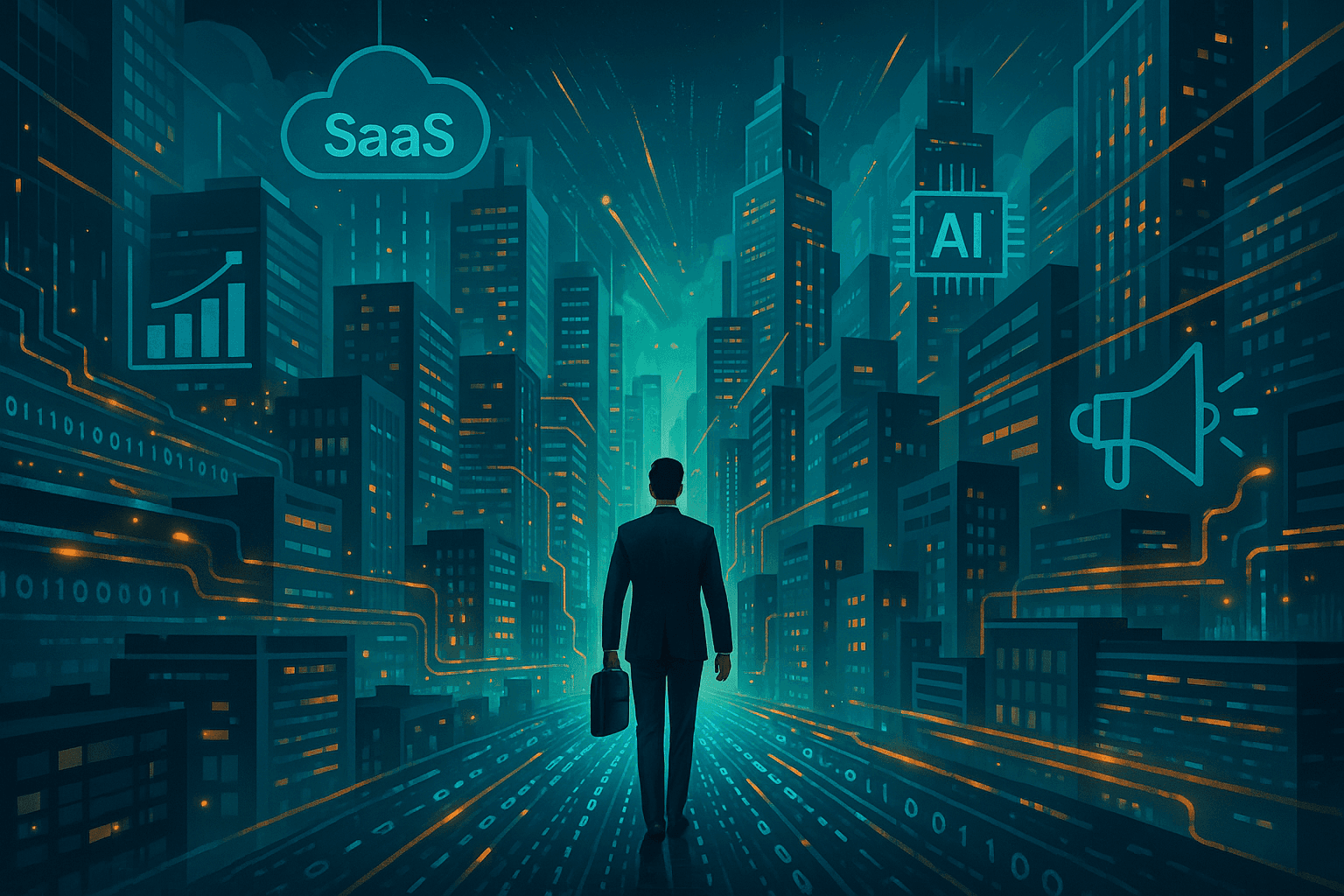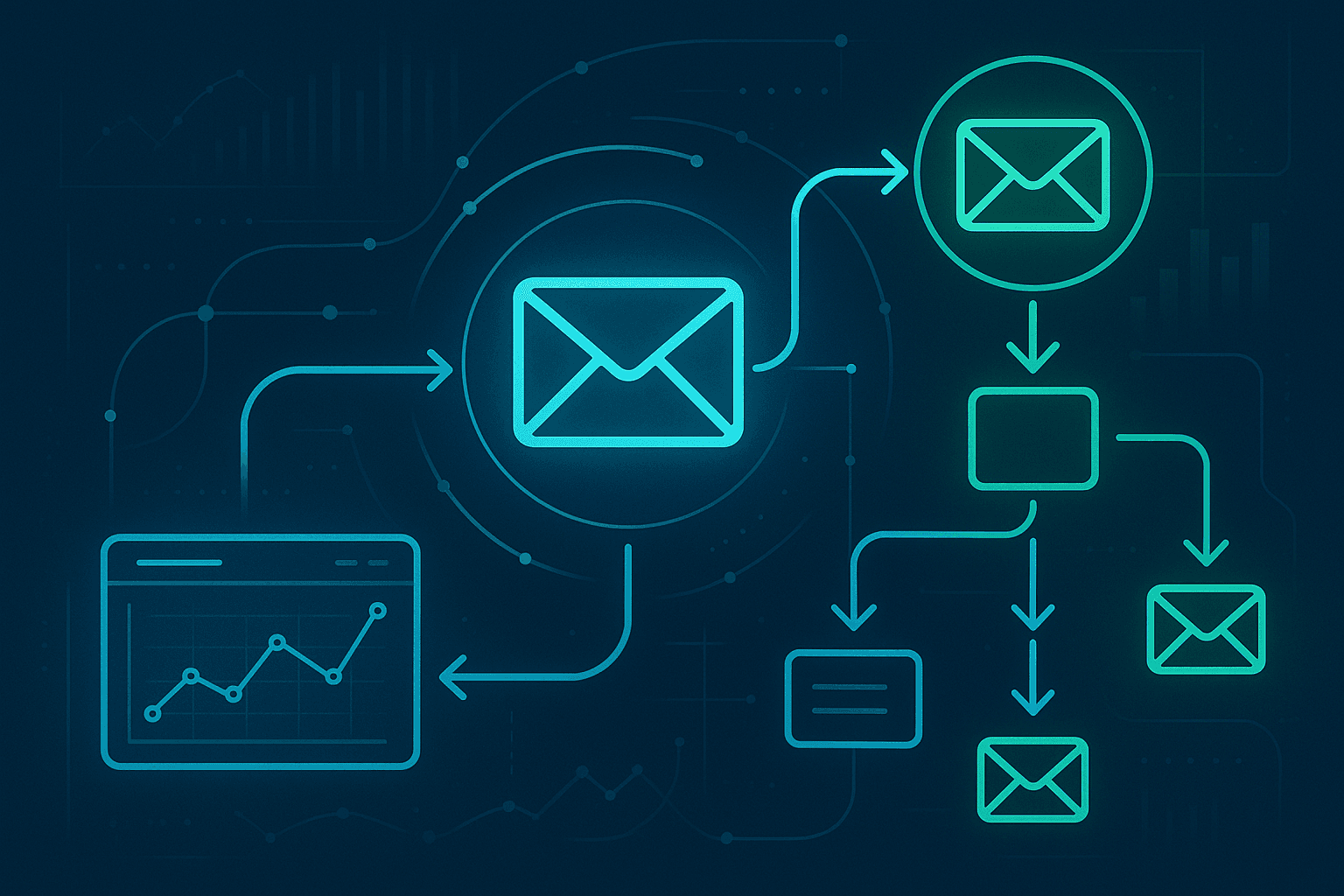What It Really Takes to Build a SaaS Web App in 2025: A Comprehensive Guide for Modern Creators
Building a SaaS app in 2025 demands more than code. Learn about the latest industry trends, hidden costs, essential tools, and strategies to launch and scale your SaaS product faster, smarter, and with full ownership.

The current state of SaaS web app development
The SaaS industry has never been more vibrant—or more competitive. In 2025, building a SaaS web application goes far beyond writing code and deploying to the cloud. Today’s founders, indie hackers, and development teams face a landscape shaped by rapid technological innovation, rising user expectations, and a proliferation of specialized tools.
SaaS users now demand seamless onboarding, real-time collaboration, zero downtime, robust security, and instant access to support. On the other side, developers must navigate a labyrinth of technical and operational hurdles just to launch a viable product.
Key industry trends:
- AI-powered automation: From chatbots to content generation, AI is embedded in every layer of modern SaaS.
- Micro-SaaS and solo entrepreneurship: The barrier to entry is lower, but the competition for attention is fiercer.
- No-code/low-code tooling: Accelerates prototyping but raises the bar for full-featured, production-grade apps.
- Enterprise-grade expectations: Even small teams are expected to deliver security, reliability, and compliance.
"It’s never been easier to start a SaaS—but it’s never been harder to succeed."
Why this matters now
The SaaS boom means opportunity, but also pressure. Building a SaaS web app requires more than coding skills; it demands a holistic understanding of the product, market, and business mechanics.
The reality is, launching a SaaS in 2025 means assembling a vast toolkit before you even write your first feature. Each component, from authentication to analytics, is critical—but integrating them is complex and expensive.
The hidden costs and complexity:
- Billing systems: Stripe, Paddle, or Chargebee—each with monthly fees and integration overhead.
- Authentication & user management: Auth0, Clerk, or custom solutions; expect recurring costs and technical debt.
- Analytics: Mixpanel, Amplitude, or Google Analytics. Advanced features often locked behind paid tiers.
- Dashboards & reporting: Building in-house is time-consuming; SaaS dashboard libraries and BI tools add cost.
- Notifications: SendGrid, Twilio, or Resend for email/SMS. Each requires setup and ongoing payments.
- Marketing automation: HubSpot, Mailchimp, or ConvertKit; monthly costs escalate with user growth.
- Customer support: Intercom, Zendesk, or LiveChat—essential for professional support, but pricey.
- Prelaunch/beta waitlist: Services like LaunchList or bespoke landing pages, plus integration time.
- Email campaigns: Dedicated email service providers, with compliance and deliverability considerations.
Each tool brings its own subscription fee, onboarding curve, and integration challenges. For a solo founder or early-stage team, these subscriptions can easily exceed $300–$800/month—often before a single dollar of revenue has been earned.
"The SaaS toolchain is powerful—but it’s also a source of negative cash flow from day one."
Our unique perspective
Having worked alongside hundreds of SaaS founders, product teams, and indie hackers, we’ve seen firsthand how the initial excitement of building a product quickly collides with operational reality.
What most guides don’t tell you:
- Integration debt is real. Each third-party service adds hidden complexity, from maintaining SDKs to handling breaking API changes.
- Subscription creep erodes runway. Each must-have tool adds to your monthly burn, often before you’ve validated product-market fit.
- Full-stack readiness is no longer optional. Investors and users expect production-grade architecture—secure, scalable, and auditable—from day one.
- Marketing is not an afterthought. If you don’t start building your audience and narrative early, you risk launching to silence.
Our approach is to empower SaaS creators with the knowledge (and tooling) to launch faster, smarter, and with full ownership of their growth.
Actionable insights for developers, founders, and teams
Map your real SaaS stack before building
Before you start coding, outline every non-negotiable feature your SaaS will need to be credible:
- Authentication (social logins, MFA, password resets)
- Billing and payments (subscriptions, one-time purchases)
- Team management (user roles, invitations, RBAC)
- Email flows (onboarding, transactional emails)
- Analytics (product usage, funnel analysis)
- Support systems (live chat, help desk)
- Marketing (email campaigns, waitlist management)
- CMS/blog for SEO and content marketing
- Security and compliance (audit logging, RLS)
- Real-time settings, notifications, and user audit trails
Estimate the cost and time to integrate each. For most, the combined cost of subscriptions and setup hours is staggering.
Calculate your true time-to-market
- Coding the core app: 4–8 weeks (for experienced teams)
- Integrating third-party tools: 2–4 weeks (plus ongoing maintenance)
- Designing and testing flows: 2 weeks
- Setting up marketing and support: 1–2 weeks
- Total: 8–14 weeks—assuming everything goes smoothly
This doesn’t include time lost to debugging, API changes, or aligning integrations.
Budget realistically
- Pre-revenue SaaS often spends $300–$800/month on tool subscriptions alone. Over 12 months, that’s $3,600–$9,600—before considering engineering time.
- Custom development costs for a production-ready SaaS range from $20k–$80k (not including marketing automation).
Prioritize ownership and flexibility
- Open source vs. SaaS subscriptions: Consider where you want full control—especially over core systems like authentication, billing, and marketing.
- Audit and compliance: Build with enterprise standards in mind, even if you’re starting small.
Automate where it counts
- AI-powered marketing: Use content generation tools to accelerate go-to-market (but ensure you can customize to your brand).
- Monorepo architectures: Streamline deployments and code sharing across backend and frontend.
Future predictions
SaaS in 2025 and beyond is defined by a few unmistakable trends:
1. Integrated AI will become table stakes
The best SaaS apps will embed AI not just for end-users, but for founders—automating marketing, support, and even product development tasks.
2. Full-stack templates will replace piecemeal integrations
Developers will increasingly choose production-ready templates that bake in authentication, billing, analytics, and marketing from the start.
"By 2027, 80% of new SaaS products will launch on prebuilt, full-stack foundations."
3. Ownership and transparency will drive adoption
Teams will demand source code access for all critical systems, reducing dependency on third-party vendors.
4. Community-driven innovation
Open-source and template ecosystems will accelerate, allowing solo developers to build investor-ready products in hours, not months.
How to prepare for what’s coming
Embrace production-ready templates
- Seek out solutions that provide end-to-end coverage: authentication, billing, team management, email, analytics, marketing automation—all in one place.
- Prioritize templates built on modern, proven stacks (e.g., Next.js 15, Supabase, TypeScript, Tailwind v4).
Demand built-in marketing automation
- Don’t settle for templates that only provide the technical skeleton. In 2025, marketing is as important as the product itself.
- Look for templates with AI-powered content generation, blog/CMS, and integrated email campaigns.
Optimize for speed and cost
- Reduce negative cash flow by eliminating recurring subscriptions for core SaaS features. Full-source templates empower you to own your stack and reinvest savings in growth.
Prioritize security and compliance
- Adopt solutions with role-based access control, audit logging, and real-time security policies from day one.
- Stay ahead of compliance requirements—don’t bolt them on later.
Invest in user experience and support
- Provide professional onboarding, in-app notifications, and live support (chat, ticketing) as part of your core offering.
- Build with responsive, accessible, and delightful UI/UX.
A smarter path to SaaS success
Success in SaaS isn’t about reinventing the wheel—it’s about shipping fast, owning your product, and scaling with confidence.
You can spend months (and thousands of dollars) assembling third-party subscriptions, only to find yourself bogged down by integration debt and negative cash flow. Or you can start with a production-ready, marketing-enabled foundation that lets you focus on what truly matters: your users, your market, your growth.
The next generation of SaaS founders will build smarter, not harder.
Ready to launch your SaaS in hours, not months?
All the tools, features, and marketing automation you need—no subscriptions, no lock-in, just full ownership and speed. Learn more


